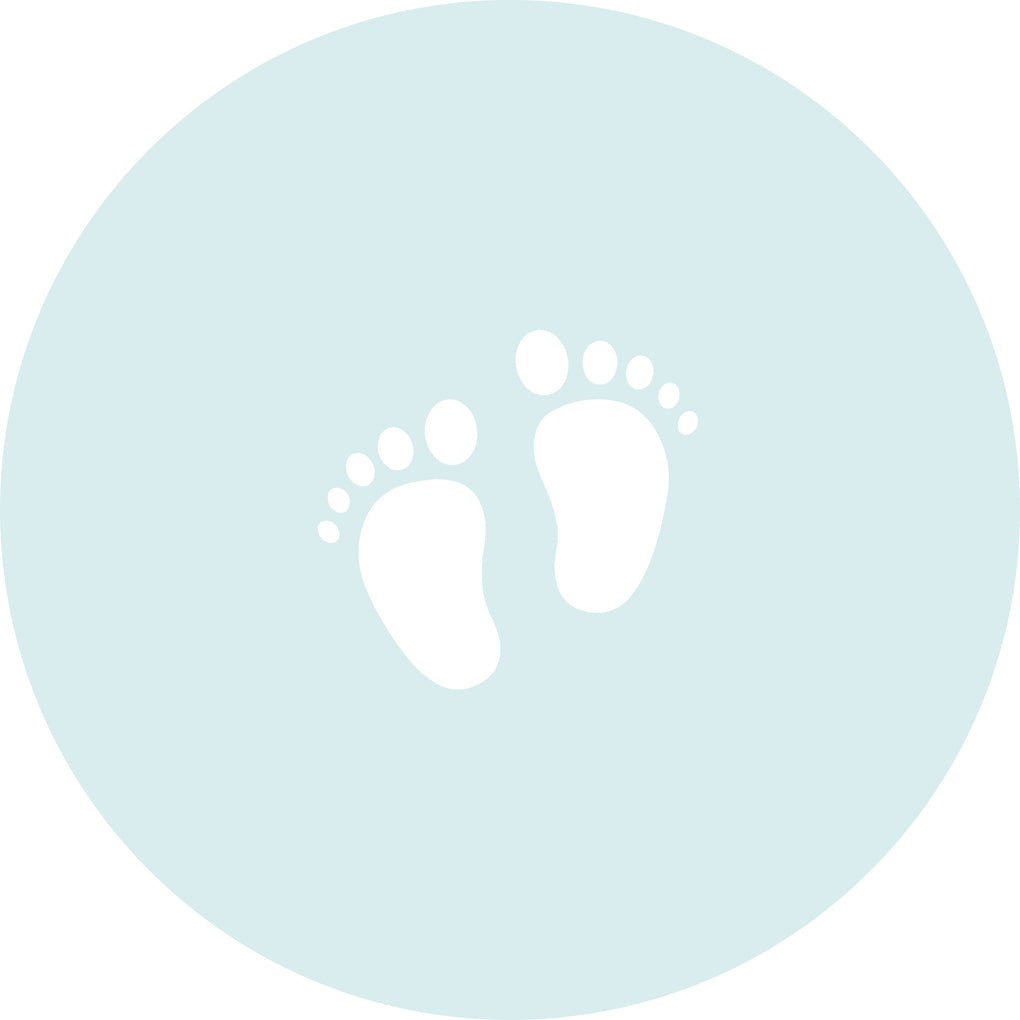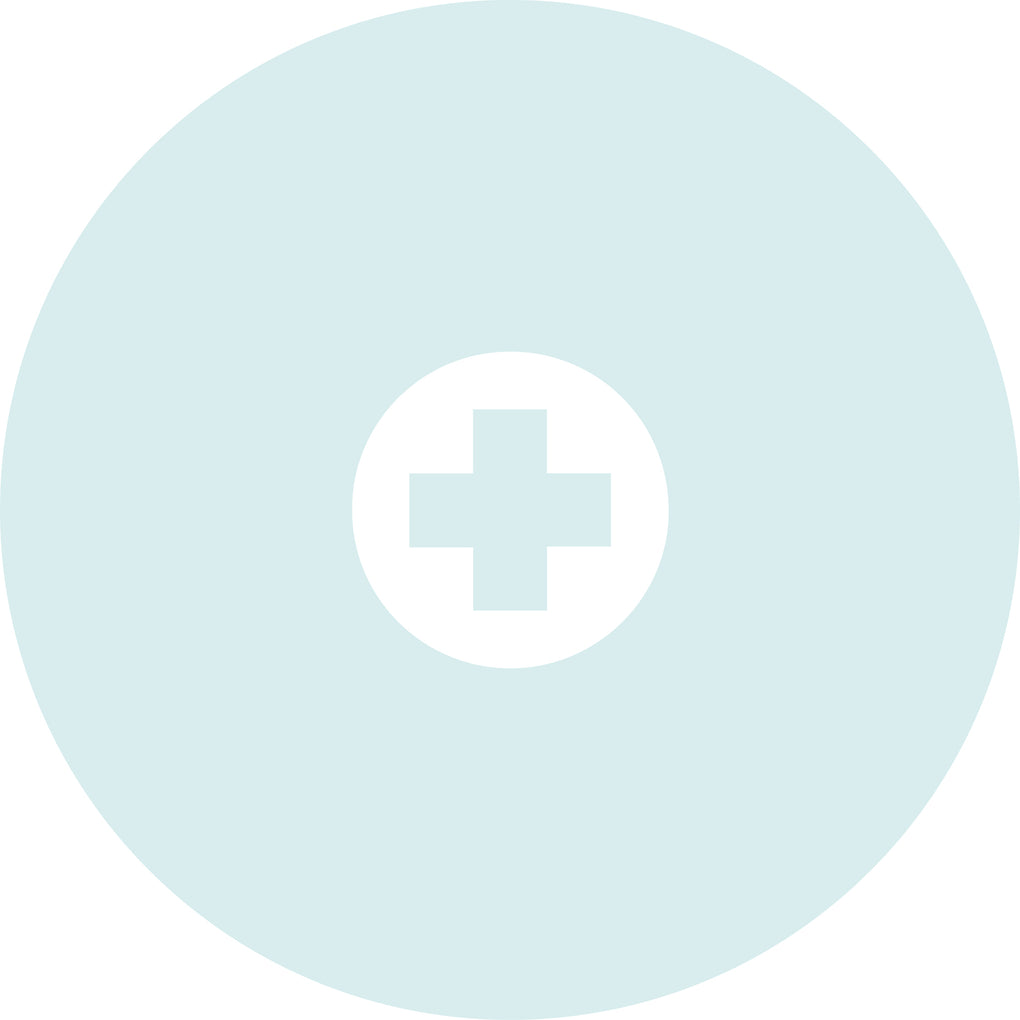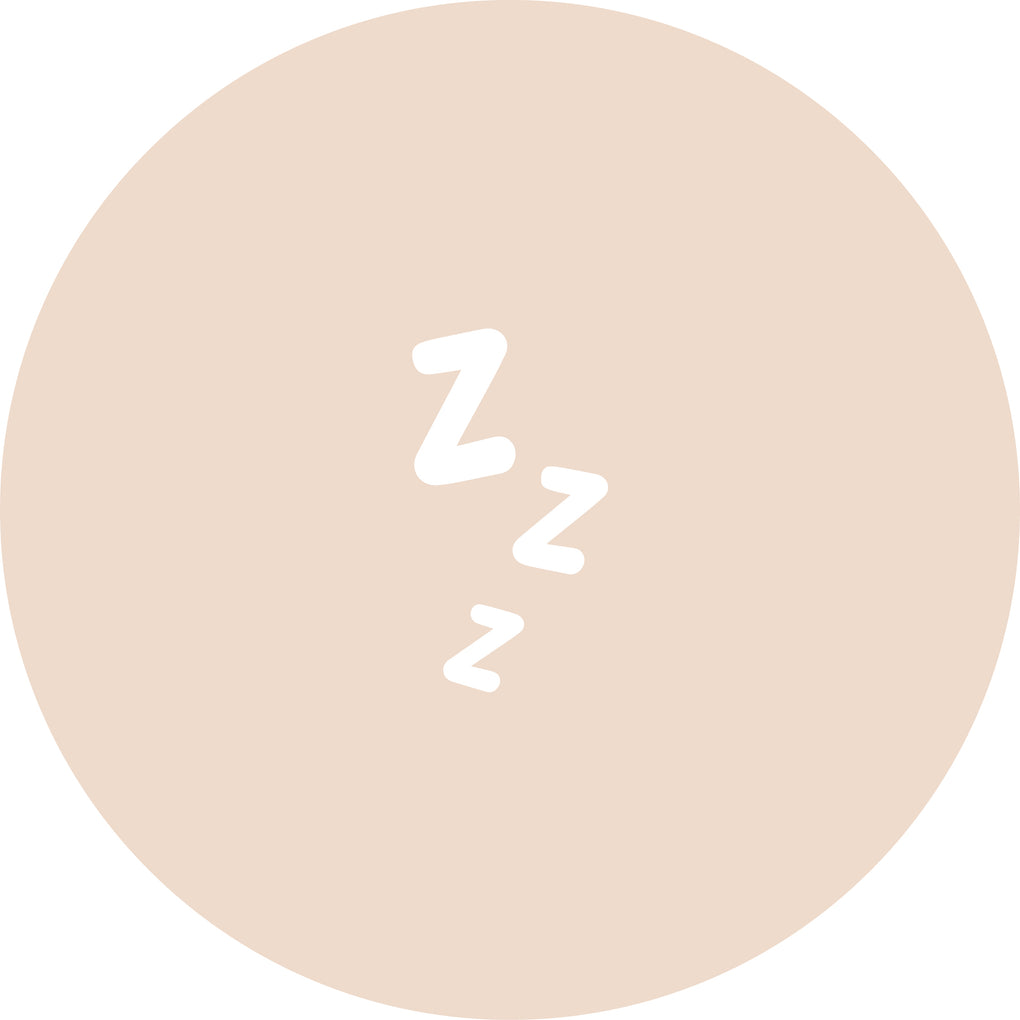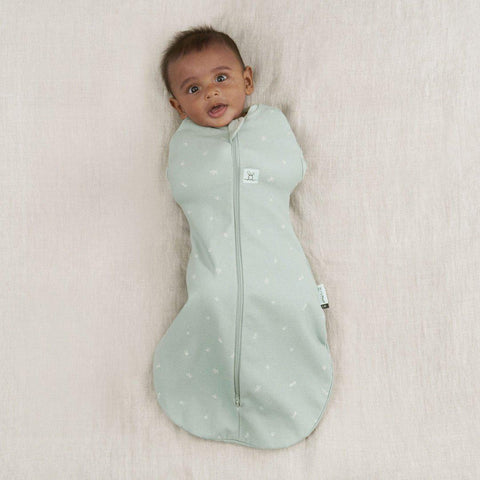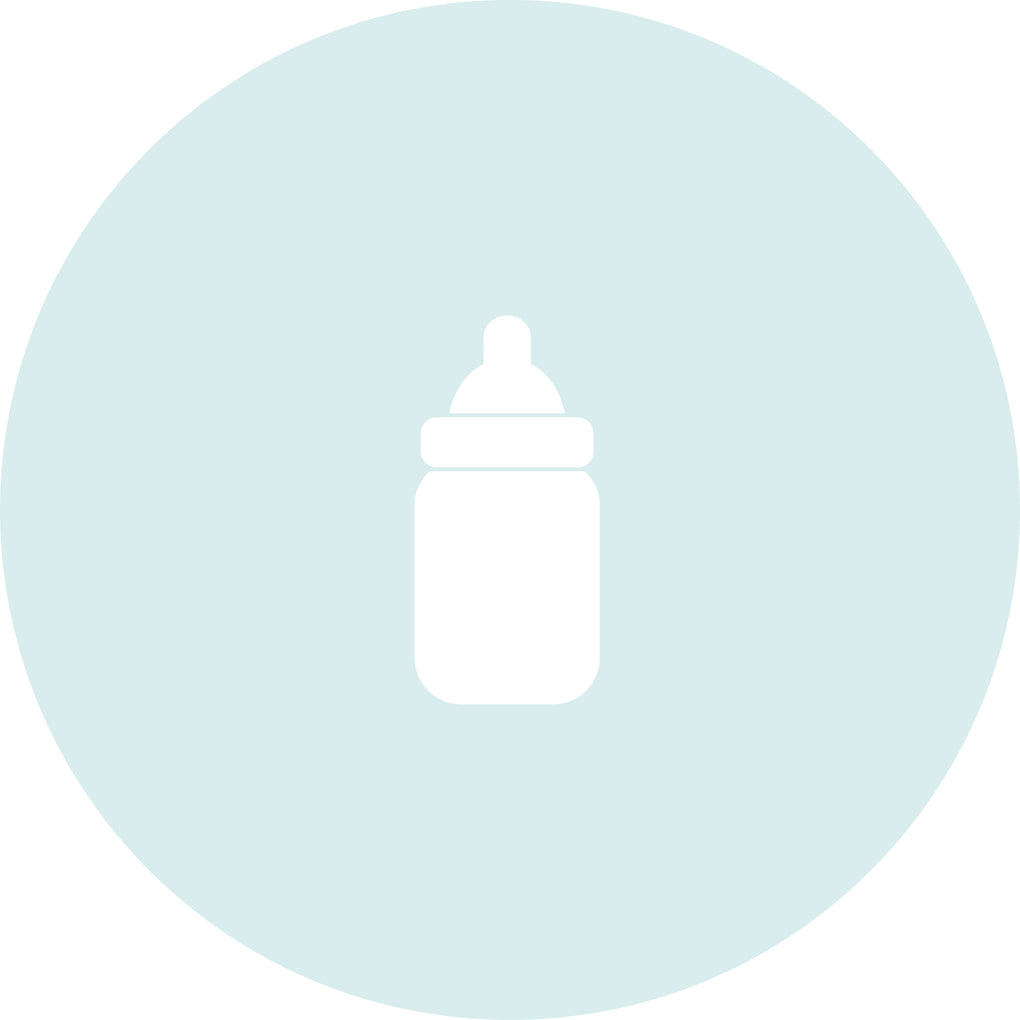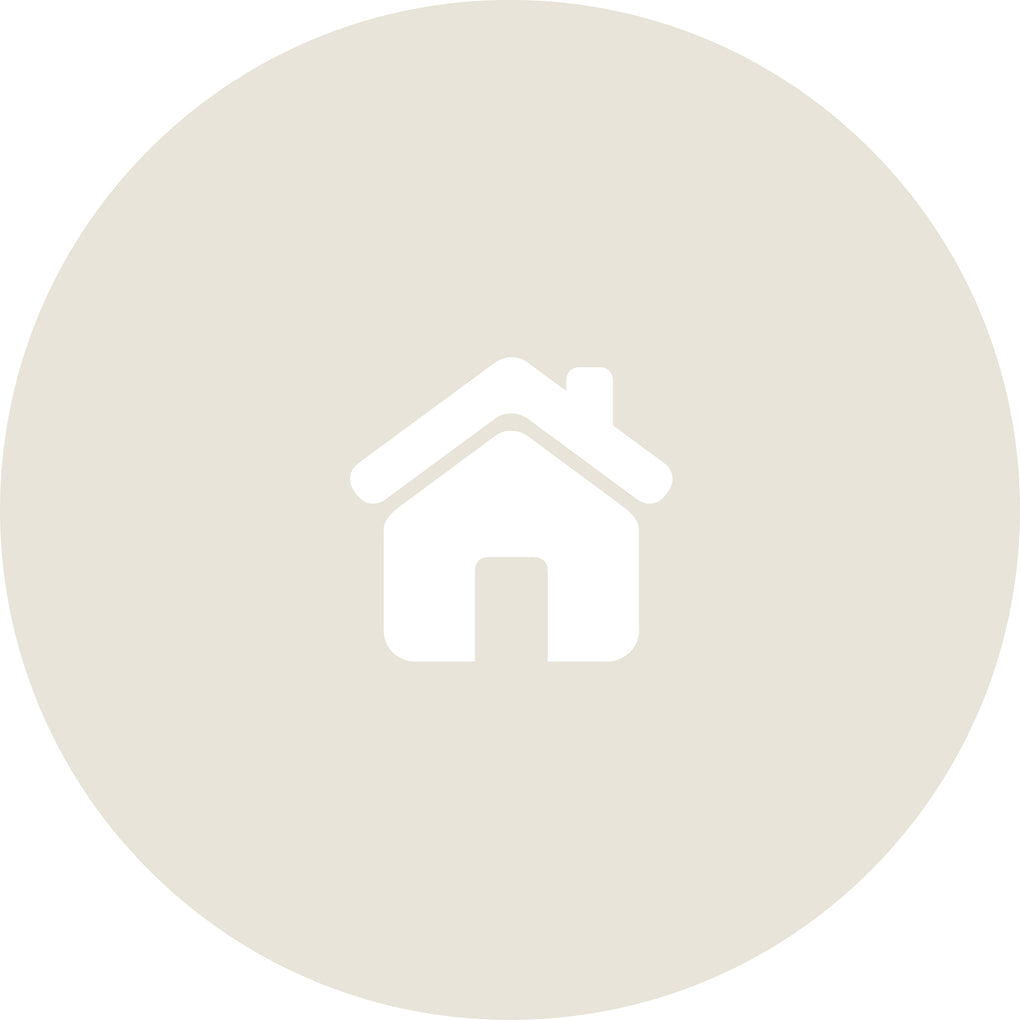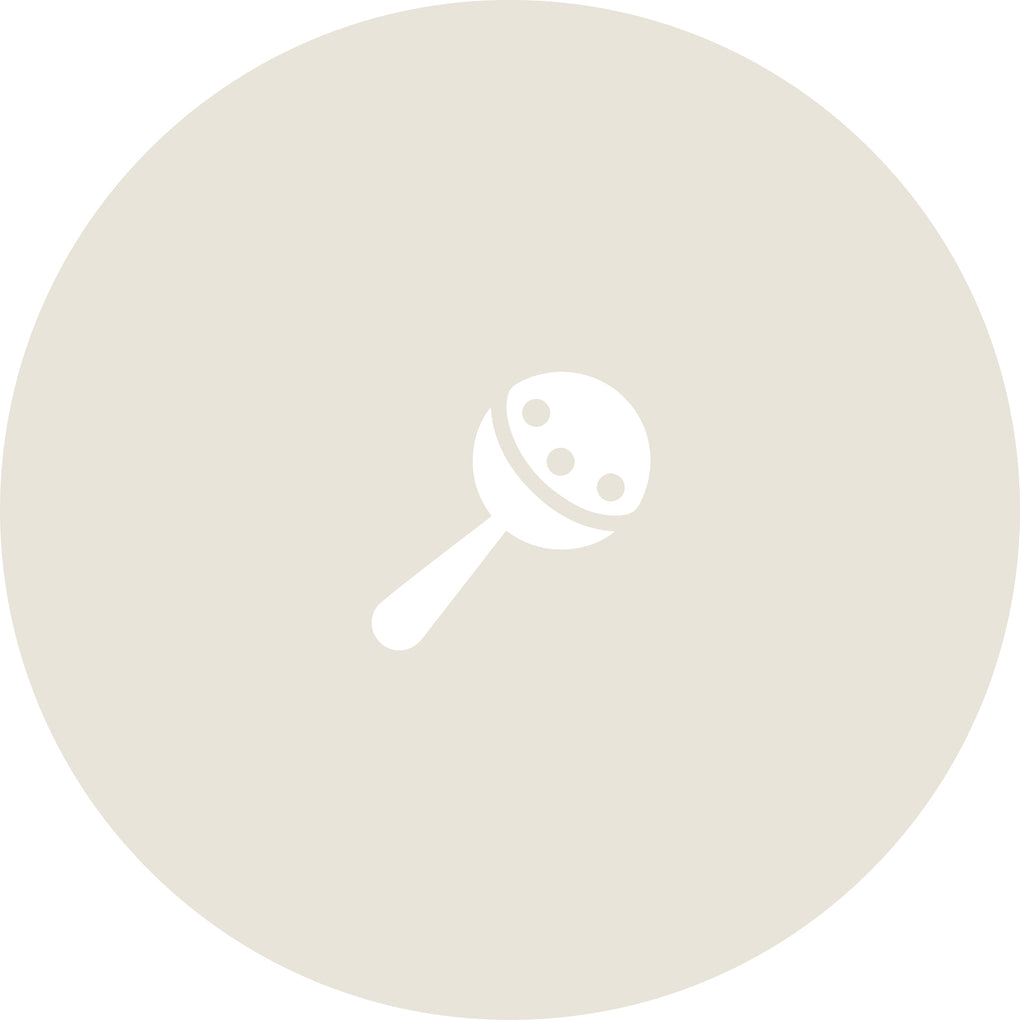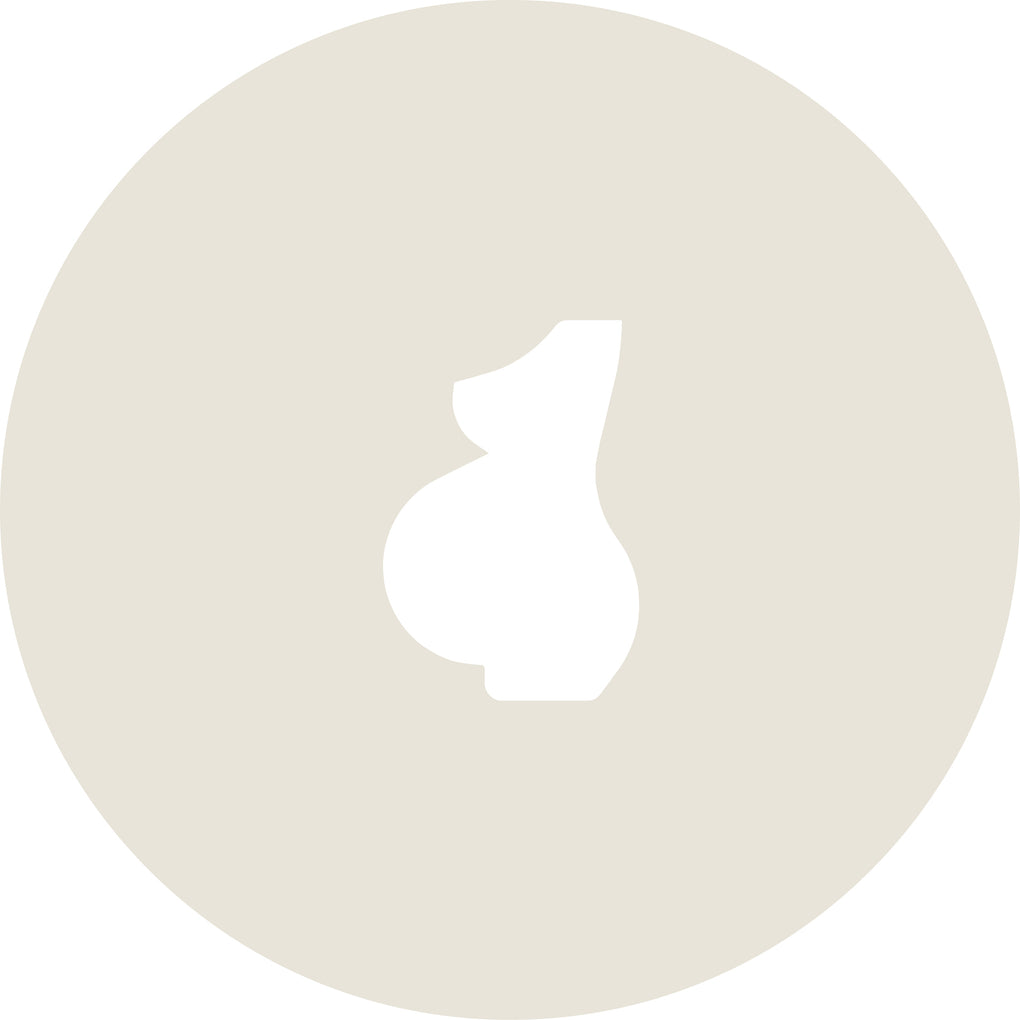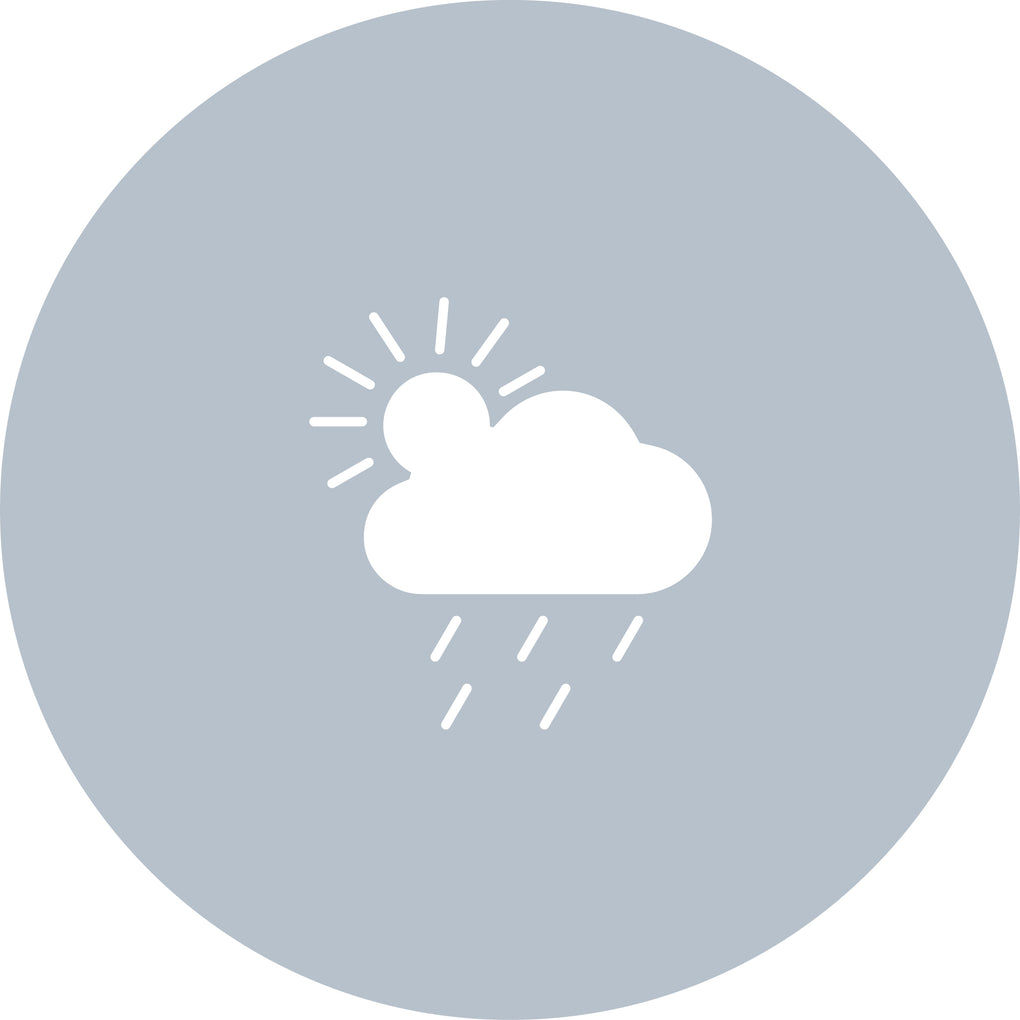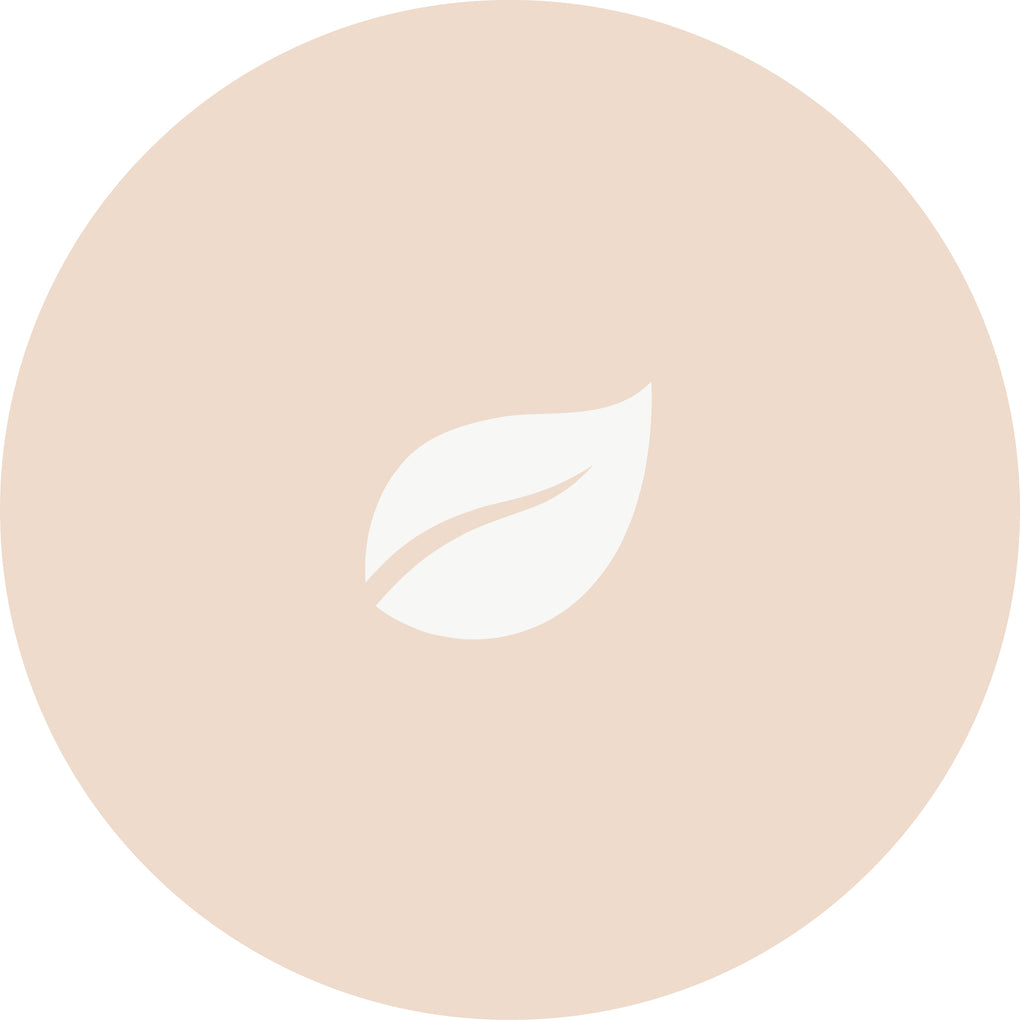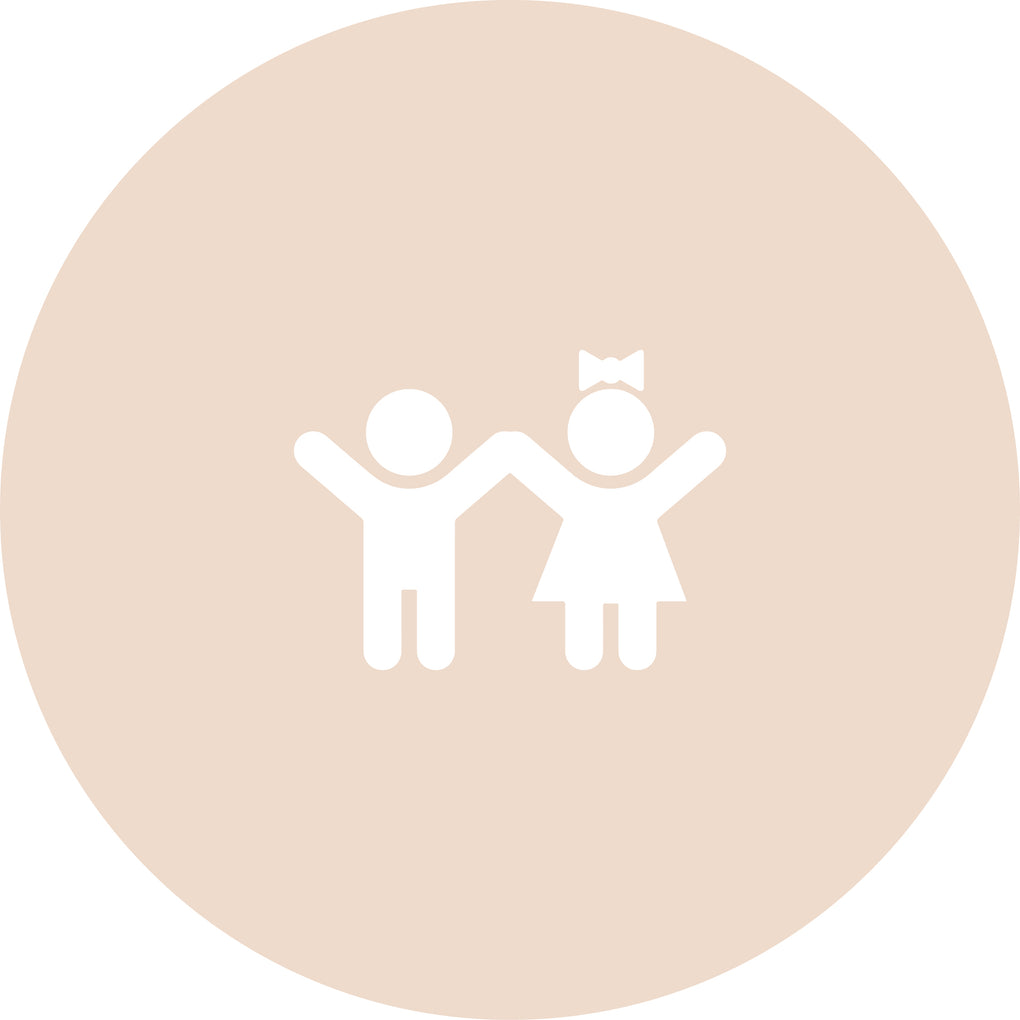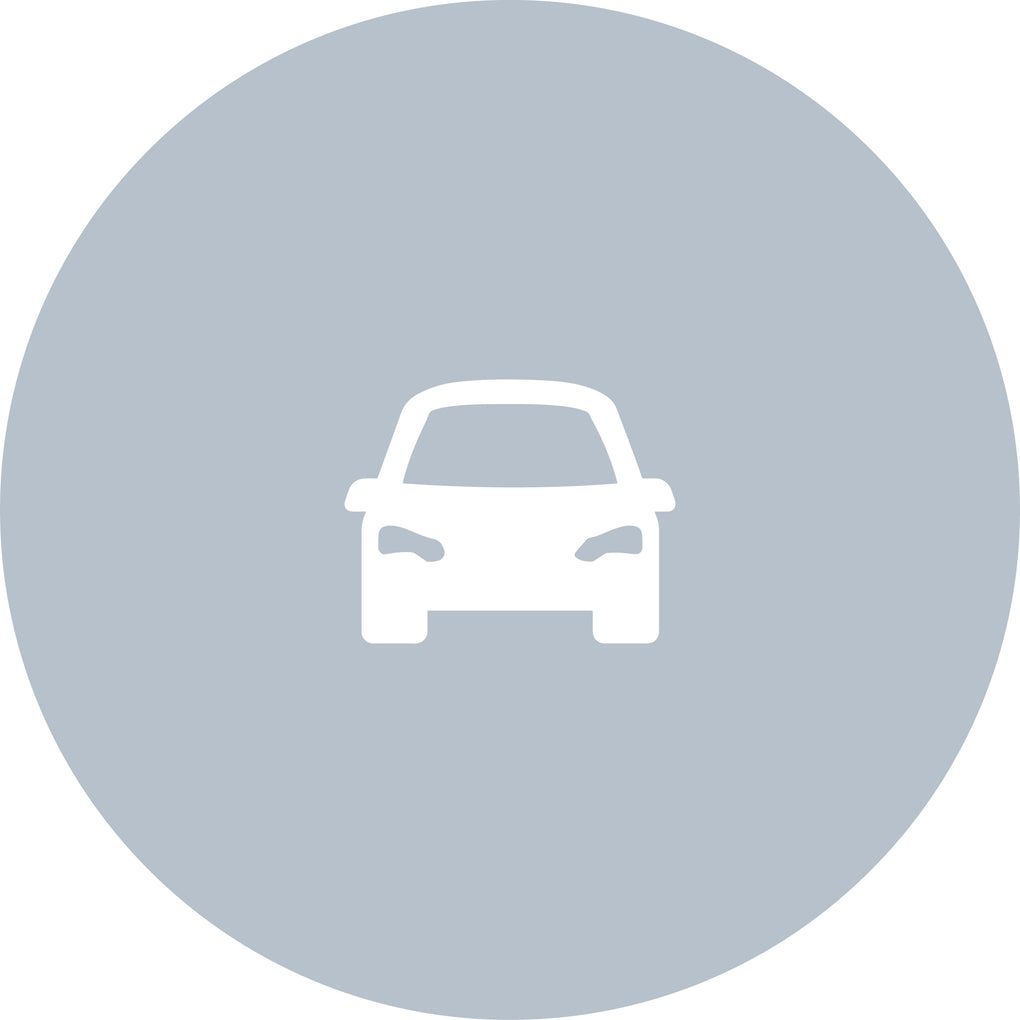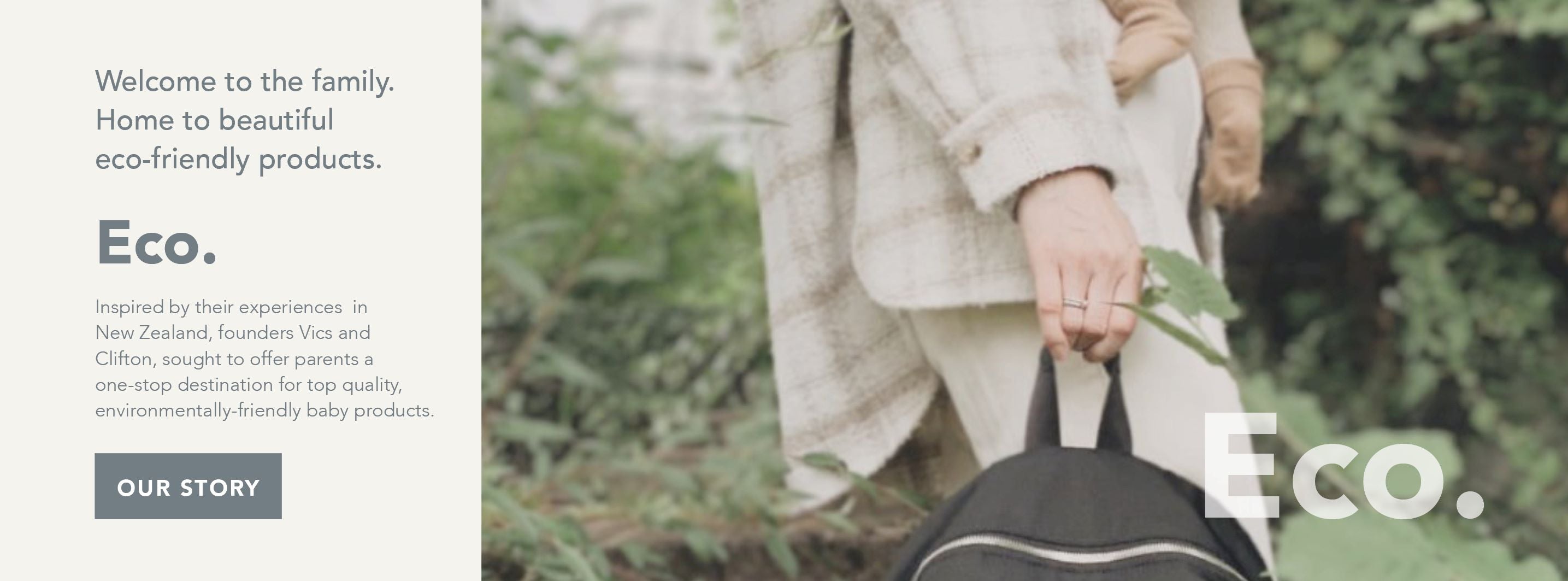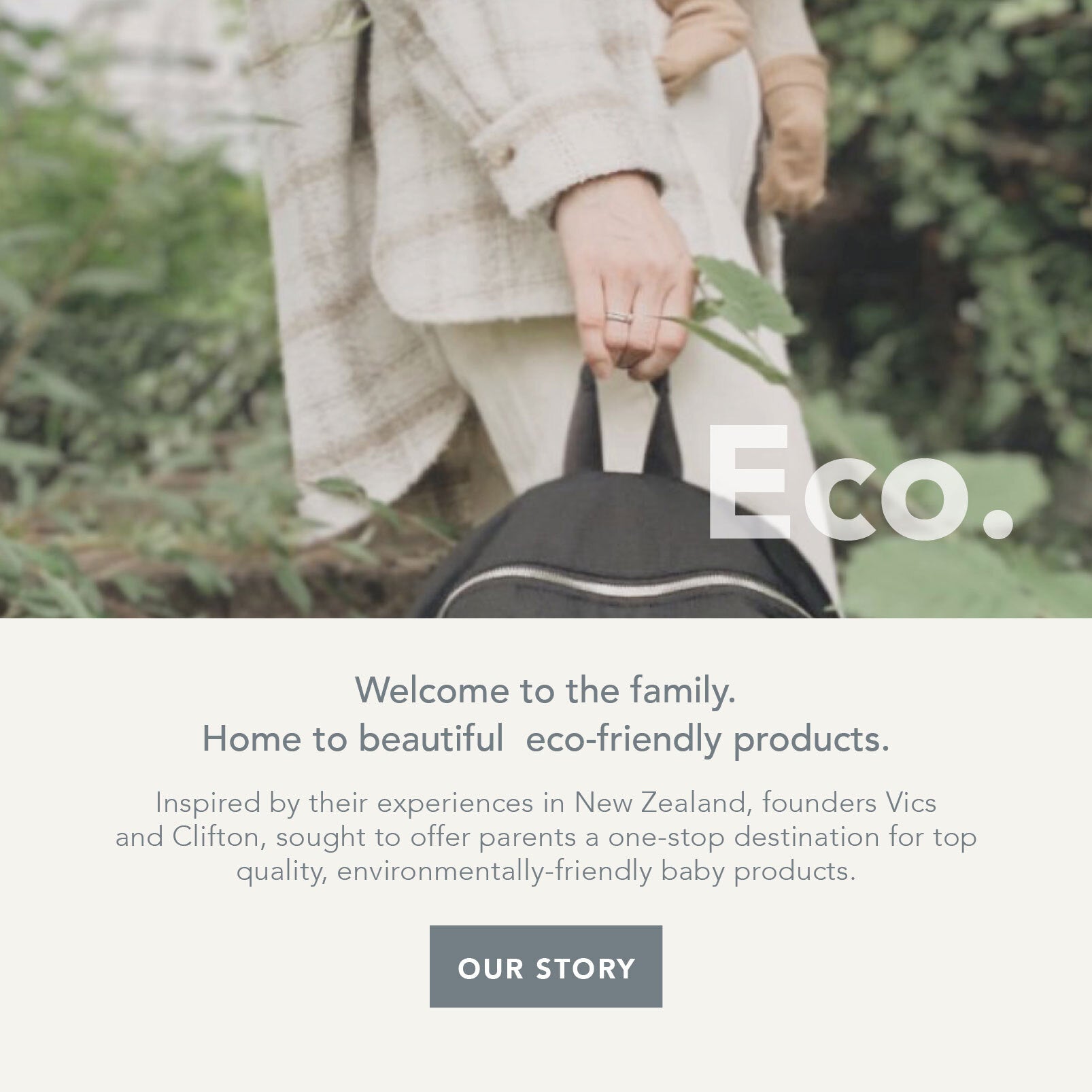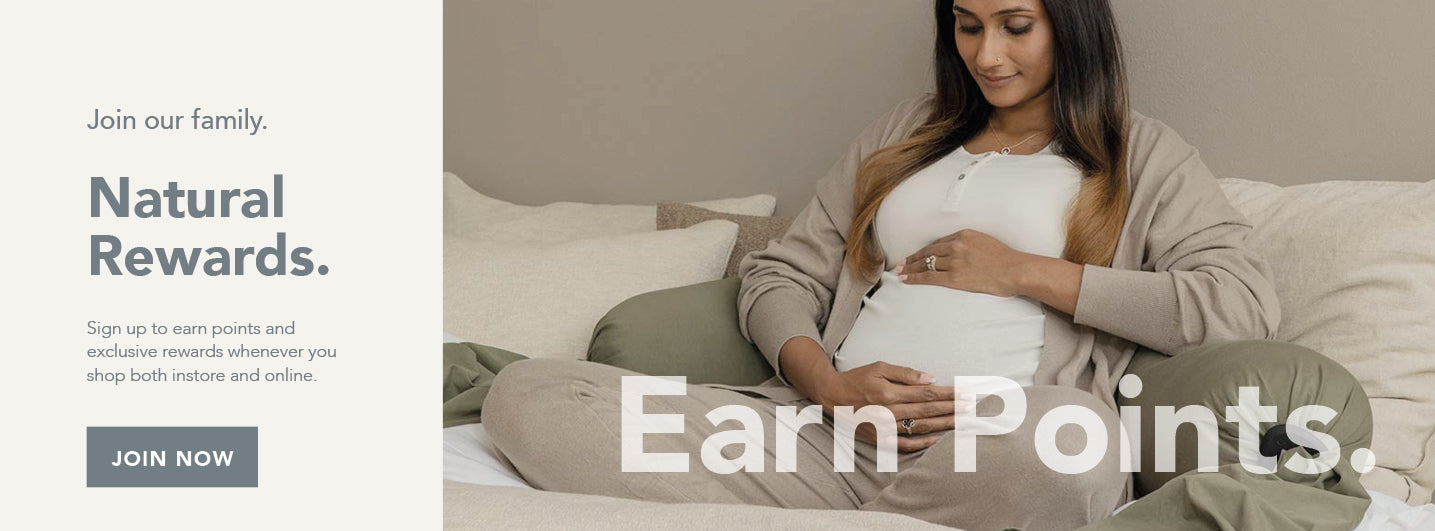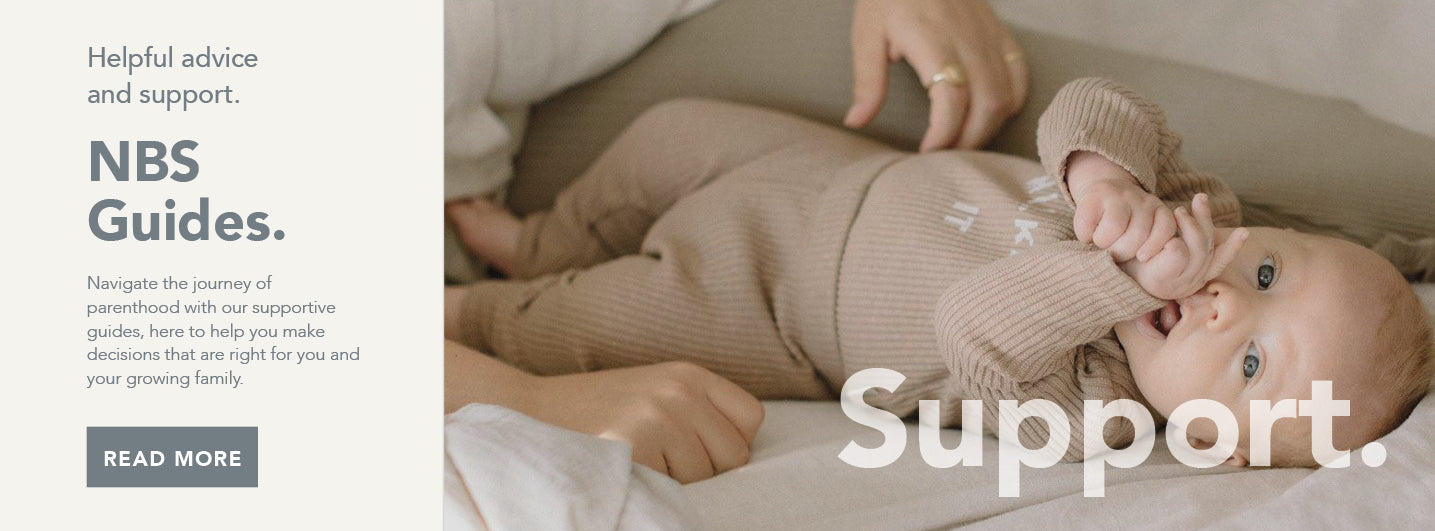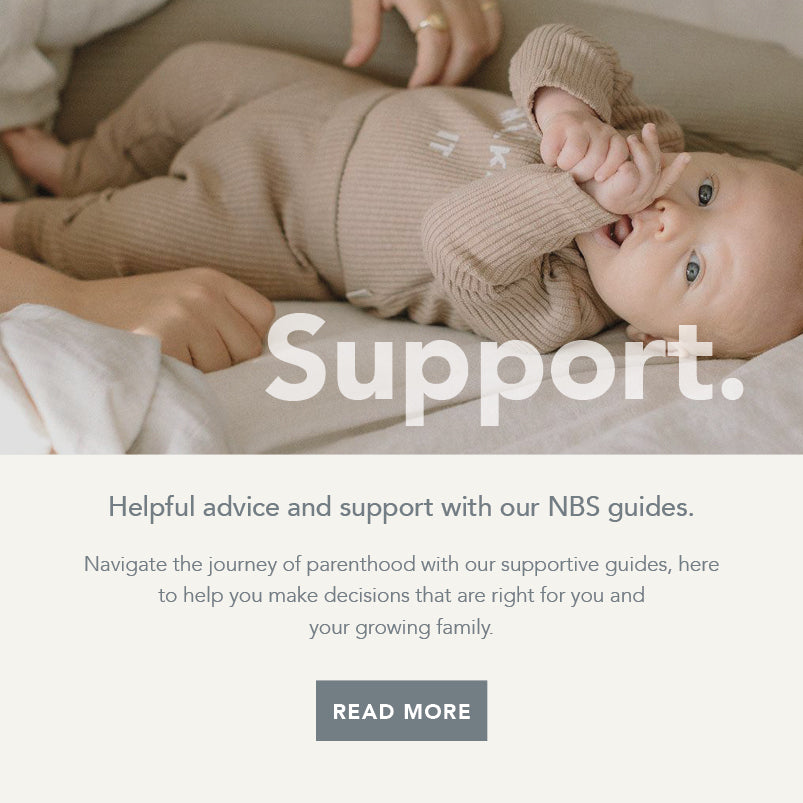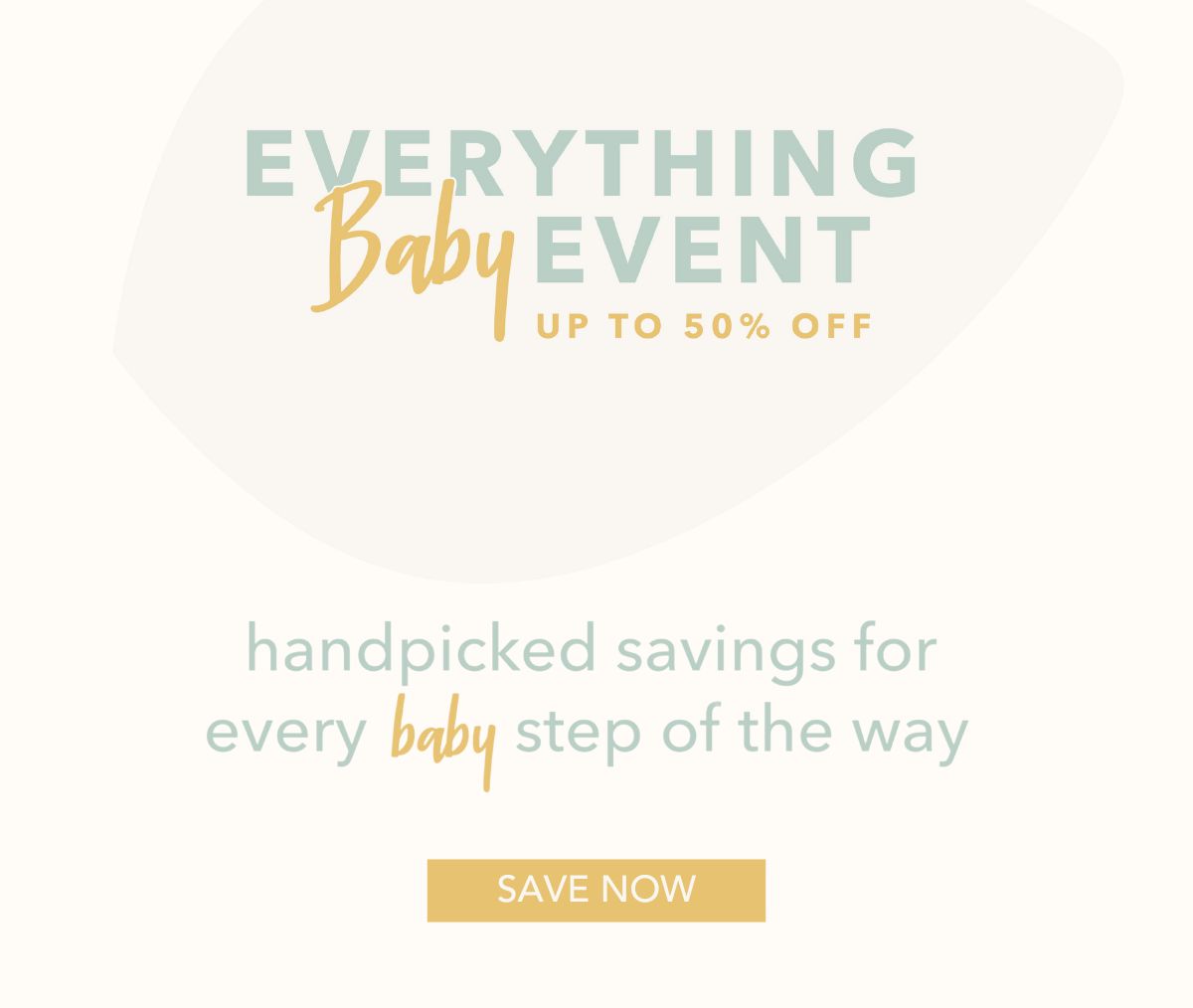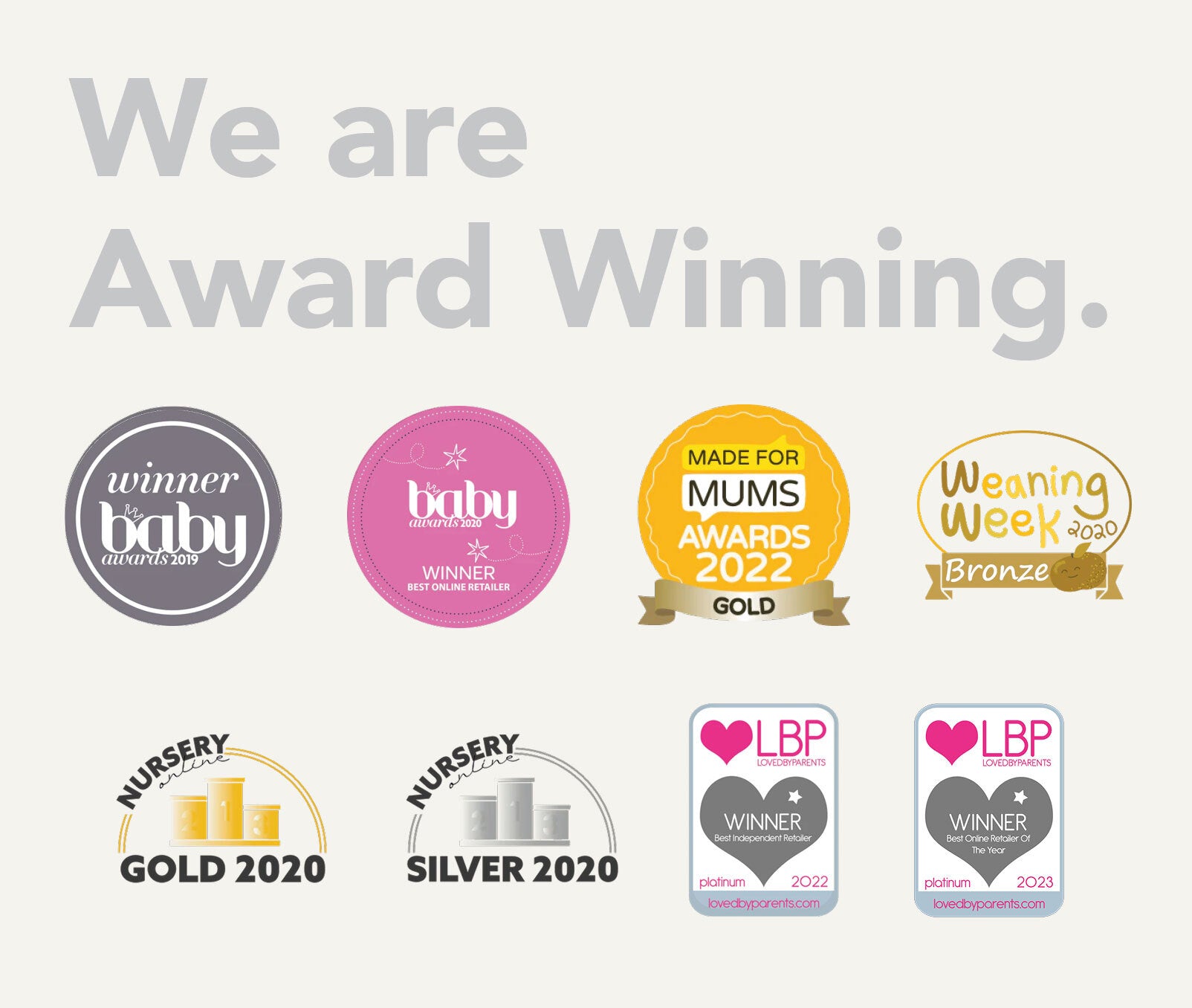Whether you have a newborn or toddler, it's important to note what precautions to take to aid a better quality sleep both for you and your little ones.
Read on to discover more from Sleep Consultant, Susan Wallace, as she reveals expert advice for a quality slumber, every night!
In order to prevent SIDS (Sudden Infant Death Syndrome) it is recommended to follow the following six guidelines:
A baby should share a room with their parent for at least the first six months
This is thought to reduce the risk of SIDS by up to half says Lullaby Trust. This applies to all sleep, not just the sleeps which take place at nighttime. However, six months is the recommended minimum, and many parents choose to keep their baby in the same room as them for a longer period.
This also makes it easier for parents to respond to their baby’s individual needs. Young babies need regular feeds, reassurance, and nappy changes. Some families’ breast / chest feed and others choose to bottle feed.
Baby should be placed on their back during sleep time
A baby should be placed on their back for all sleep, both during the day and at night. This can reduce the rate of SIDS by six times compared to being placed on their front says Lullaby Trust. Their feet should be at the foot of the cot or crib, often referred to as ‘the feet to foot’ position.
Once a baby begins to roll they are able to find their own comfortable position. The first few times they do so parents might like to gently turn them back if they get stuck or are in need of support. But otherwise, they can roll and find their own position, provided they are placed on their back at the start of sleep.
In order to counterbalance the time spend on their backs, it is recommended that baby should be provided with adequate supervised tummy time during the day, outside of sleep times.

Never sleep on a sofa or armchair with a baby
This can increase the risk of SIDS by 50 times says Lullaby Trust. If you feel yourself becoming sleepy whilst holding baby on a sofa or armchair, either place baby in a safe sleep environment or ask another adult to take over the care of baby whilst you get some well-deserved rest.
Baby should sleep on a flat, firm, clear surface
Babies should sleep on a flat, firm mattress which contains a waterproof cover. This is to ensure the mattress is kept clean and dry. The mattress must be in good condition and the waterproof sheet fits the mattress correctly.
As the surface should be flat, items such as baby hammocks are therefore not recommended, as they do not comply with this advice. It’s okay for your baby to fall asleep in a car seat when travelling, but they should be taken out as soon as you get to your destination, and placed onto a firm, flat surface to sleep.
As the surface should be firm, pods and nests do not comply with safe sleep guidelines and should therefore not be used. Babies should be placed in the feet-to-foot position and quilts, pillows and duvets avoided.
Sleeping bags should be the correct size and there should be no danger that the baby’s head should be able to go below the head hole. If using a blanket, it should be firmly tucked in and should not be above shoulder height.
Remember if a blanket is folded, it doubles the tog and this should be noted to prevent overheating.
Many families find that their newborn baby sleeps well when using a swaddle. However it is important that babies are not swaddled in such a way that it is too tight around their hips, or results in excess material around their face, which could be a safety concern.
ergoPouch's swaddle bags offer both safety and comfort for your baby. These thoughtfully designed swaddle bags strike the perfect balance, ensuring a secure yet comfortable fit, mimicking the womb's environment to promote better sleep. Their ergonomic design is noteworthy, with approval from the Hip Dysplasia Society, assuring healthy hip development in infants.
As your baby grows and starts showing signs of rolling, ergoPouch offers transitional swaddle bags to aid in the transition from swaddling to more independent sleep. These designs often features poppers in the armholes to help your transition your baby to arms free, or a snug, sleep-suit style, allowing your baby to have some freedom of movement while maintaining the comfort they're accustomed to.
Room temperature should be between 16 – 20 degrees
We want to ensure that baby is not at risk of overheating. The recommended room temperature is 16 – 20 degrees-Celsius. The temperature rating of the sleepwear should be adjusted depending on the temperature of the room. Our range of newborn swaddle bags and sleep bags come in a range of temperature ratings to adapt accordingly.
A room thermometer is helpful to determine the temperature of the sleep environment. It can also be useful to place your hand on the back of baby’s neck. This can help to gauge baby’s core temperature. If they feel warm, lose a layer of clothing, or reduce the temperature rating of their sleepwear. If they feel cool, then increase the temperature rating. It is also recommended that the cot / bed should not be placed directly beside a radiator or window to prevent overheating, and that babies should not wear hats indoors, and particularly not for sleep.
Young babies often preference nose breathing. When they have a cold, this can impact their sleep as their nasal passage is congested. A humidifier can provide moisture to the nasal area, helping to promote breathing and sleep. A cold mist humidifier is the safest choice to use with young children.

Guidelines for bed-sharing
Whilst Safe Sleep Guidelines recommend that baby sleep in their own sleep space, many families choose to bed share. For these families it is important that Safe Sleep Guidelines relating to safe bedsharing are followed.
These include:
- Baby’s sleep space should be kept clear. It should be free from pillows, sheets, blankets or any other item’s which could obstruct baby’s breathing or cause them to overheat.
- All other safe sleep guidance followed, such as sleeping baby on their back
- There should be no pets or other children in the bed
- Ensure baby can’t fall out or become trapped between the mattress and the bed
Advice on when not to co-sleep include:
- If any adults in the bed smoke
- If any adults in the bed have consumed alcohol, drugs or are extremely tired
- If a baby was born prematurely (before 37 weeks)
- If a baby was born with a low birth weight (5.5lb or under)
- Never sleep with a baby on an armchair or sofa
In the UK, Safe Sleep Guidelines are recommended for all babies aged from birth to 12 months. For more details on promoting safe sleep visit the Lullaby Trust.
Discover Owlet

When it comes to little ones, nothing is more important than their safety and wellbeing. This is just as important when they are asleep, as when they are awake.
Many families find it reassuring to use a breathing and heart rate monitor such as the Owlet. The Owlet fits comfortably on babies foot, which prevents loosing connection even if baby changes position during the night.
In order to reduce the chance of SIDS (Sudden Infant Death Syndrome) it is important that Safe Sleep guidelines are followed for all sleeps, not just those which take place at night.
Different countries may have different guidelines relating to safe sleep. In the UK, the charity The Lullaby Trust exists with the sole purpose of trying to prevent SIDS from occurring. They inform of safe sleep guidelines based on the most up to date research.
Shop safer sleep
Shop essential items from our Bedding and Sleep collection. Discover everything from sleeping bags, swaddles and sleep aids. It's the perfect place to find their safe sleep space essentials.




